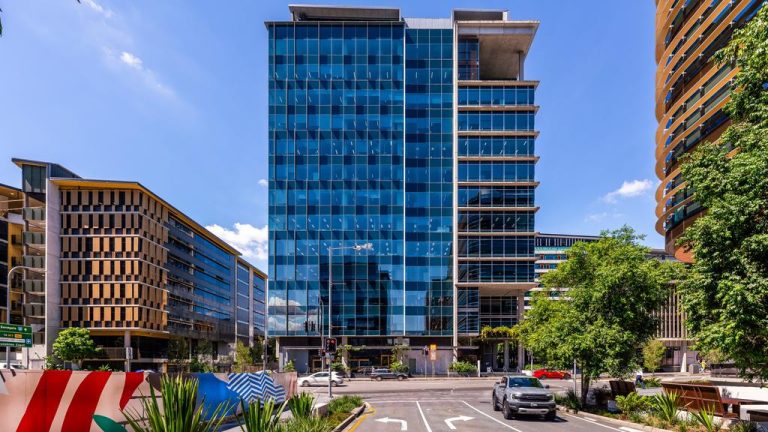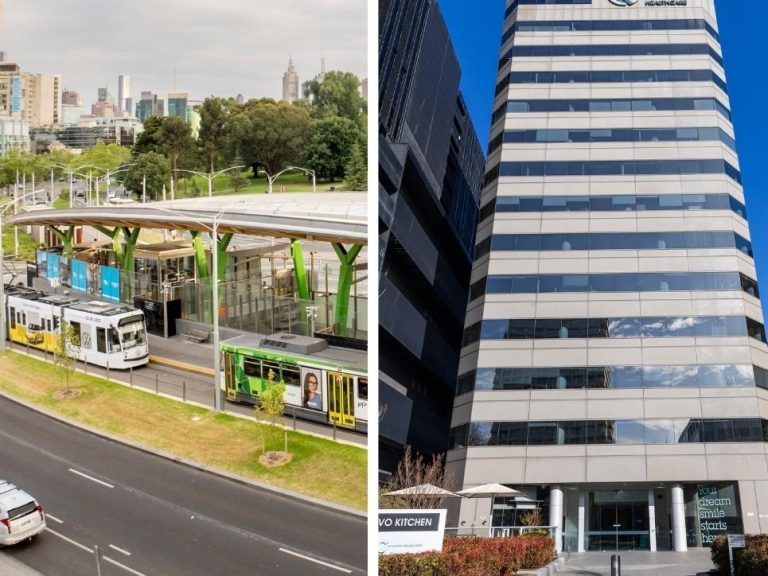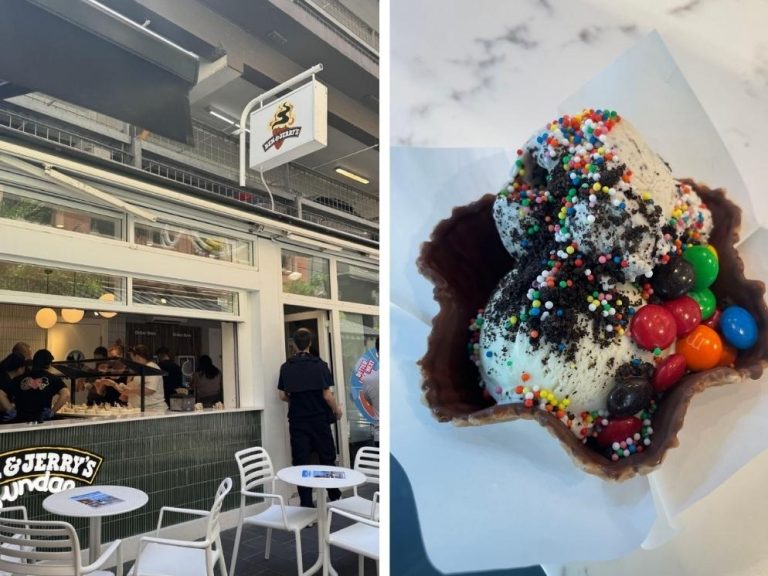Revealed: How Chinese retailers are crushing Australia’s shopping giants
Australia’s retail sector is facing a crisis, with significant repercussions for the commercial property market.
Several major Australian retail brands have reported financial losses and subsequent store closures over the past financial year, driven by the aggressive rise of Chinese e-commerce giants such as Temu and Shein.
These disrupters are reshaping the retail landscape, threatening traditional brick-and-mortar stores, and potentially leaving behind a wave of vacant storefronts and declining property values.
Myer’s plunge: A dire warning for bricks-and-mortar
Just this week, Myer delivered a devastating blow to investors, revealing a near one-third collapse in operating profit for the 12 months to July 26.
According to the Daily Mail, the market reacted with a brutal sharemarket bloodbath, sending stock plummeting by 29 per cent in a single day.
Operating profit after tax fell to $36.8 million, a 30 per cent annual drop, compounded by a staggering $211.2 million statutory loss.
This was impacted by a one-off, non-cash impairment of $213.3m of Myer Apparel Brands goodwill arising as part of acquisition accounting, which required the purchase consideration to be valued using the closing share price at acquisition date.
A further $34.7m related to other significant items, reflecting a period of significant transition and merger integration.
Executive chairwoman Olivia Wirth said the past financial year had been a “transition year” for Myer Group as the company sought to reset the business for long-term growth.
“We are making significant progress in executing our strategy for the Myer Group, building a diversified omni-channel retail powerhouse to drive growth and deliver sustainable returns for shareholders,” she said.
“There is real momentum building across the business thanks to the energy, strong engagement, and focus of dedicated team members in implementing important changes while achieving high customer satisfaction.
“In executing our Myer Group Growth Strategy, we are moving at pace and gaining early traction, including the launch of MYER one at Apparel Brands in August, the overall MYER one relaunch on track for October, Just Jeans’ new format store rollout, as well as introducing new brand partners and welcoming back brands returning to Myer Retail.
“Our trading for the first seven weeks of FY26 has been positive and we are cautiously optimistic about the year ahead, with emerging pockets of improving consumer strength.”
MORE NEWS
Every Reject Shop about to disappear for good
‘Used to go off’: Inside eerie abandoned Aus pub
$4 T-shirt brand that could flip Aussie malls
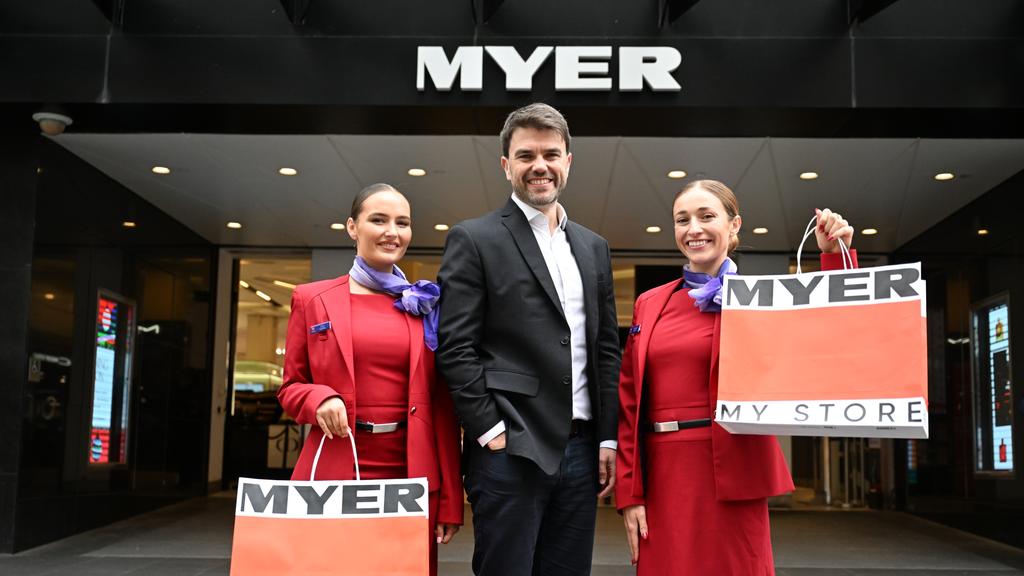
The next 12 months will make or break the future of longstanding department store Myer.
In the 2024/25 financial year, online sales for Myer Retail grew by 6 per cent to $758m, with 4.7 million active customers now in the MYER one loyalty program.
Four stores have closed since 2019, the most recent in Brisbane two years ago in 2023, with Myer now operating 56 department stores.
Retail expert Dr Gary Mortimer’s said more big retail brands were impacted by Chinese e-commerce giants.
“Brands such as Dotti are highly exposed to international fast fashion retail killers such as Shein and Temu,” he told the Daily Mail.
“If they want people to spend in-store, it will require some cost-of-living relief.
“Myer also needs a clearer value proposition on their breadth of apparel brands.”
While Myer Group operates a network of more than 750 department and specialty stores across Australia and New Zealand, it had to shut down flagship outlets in Hornsby, Brisbane CBD, Belconnen in Canberra, and Melbourne’s Knox in recent years.
And Myer isn’t the only global retailer forced to cut costs – and stores.
Fashion giant H&M shut the doors of its Queen Street Mall store in early September, marking the end of a 10-year run for one of the brand’s first Queensland outlets.
Retaildetail.eu reported in March that H&M’s net profit had halved compared to a year earlier with the number of physical stores falling by 125 locations in one year to 4213.
Iconic Australian retailers including Rip Curl and Kathmandu also recently announced they will shut down at least 14 stores nationwide after their parent company KMD experienced a massive annual loss of $105 million.

A number of Kathmandu stores are also set to close around Australia.
The mammoth loss, which included a $45.5 million non-cash write-down of its Oboz footwear line, comes a year after Rip Curl was lashed for hiring professional surfer and transgender woman Sasha Lowerson to star in its new surfing commercial.
Rip Curl faced a significant consumer boycott over the move, with the company also copping flack for parting ways with shark attack survivor and pro-surfer Bethany Hamilton who vocally opposes transgender people participating in women sporting events.
Other retailers announcing store closures include the Accent Group, which is closing 17 Glue Store locations due to poor sales and Ally Fashion and SurfStitch, which are closing tens of stores, according to Sky News.
The unstoppable rise of Chinese e-commerce
A seismic shift is undoubtedly underway in the Australian retail landscape, if a recent survey of 1000 Australian citizens by e-commerce marketing platform Omnisend is anything to go by.
The survey reveals that an astonishing 76.6 per cent of Australians have now made a purchase from a Chinese marketplace in the past year, a significant leap from 70 per cent in 2024.
This isn’t a casual flirtation; over half, 51.6 per cent, admit to frequenting more than one of these platforms, and a striking 14.9 per cent are shopping on them at least once a week.
With Australia home to around 27.5m people, according to the Australian Bureau of Statistics, around 4,097,500 Aussies shop at Temu, Shein, or other Chinese marketplaces a week.
Temu’s dominance
Temu, in particular, has emerged as an undisputed retail juggernaut.
In 2025, a remarkable 63.1 per cent of Australians reported shopping on Temu, an explosive increase from 51.7 per cent just the previous year.
This rapid ascent has propelled Temu to become the second most visited shopping website in Australia, now trailing only the global behemoth, Amazon.
MORE NEWS: McDonald’s forced into surprise retreat
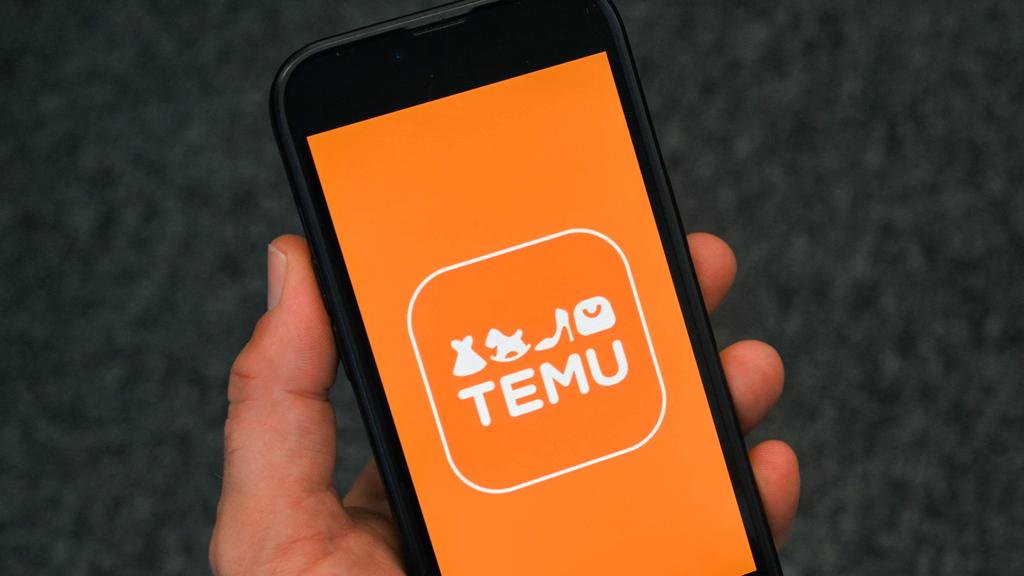
Temu is now the second most visited shopping site in Australia, after Amazon.
Marty Bauer, an e-commerce expert at Omnisend, doesn’t mince words.
“These marketplaces are no longer fringe players. Temu is now the second most visited shopping website in Australia, just behind Amazon,” he comments.
“Its rapid growth has also raised the visibility of other Chinese marketplaces, putting pressure on both local retailers and global giants.”
Shein’s fashion frenzy
The disruption extends far beyond general merchandise.
Shein continues its relentless march through the Australian fashion industry, with nearly half of all Australians, 46.9 per cent, having shopped there in 2025, a consistent increase from 45.5 per cent last year.
This places Shein as the second most visited fashion and apparel website in Australia, hot on the heels of local icon, The Iconic.
The trend of escalating engagement is pervasive across all major Chinese platforms; AliExpress saw its Australian customer base jump from 31.1 per cent in 2024 to 38.5 per cent in 2025, while TikTok Shop, the newest entrant, experienced a significant surge from 14.7 per cent to 19.3 per cent in the same period.
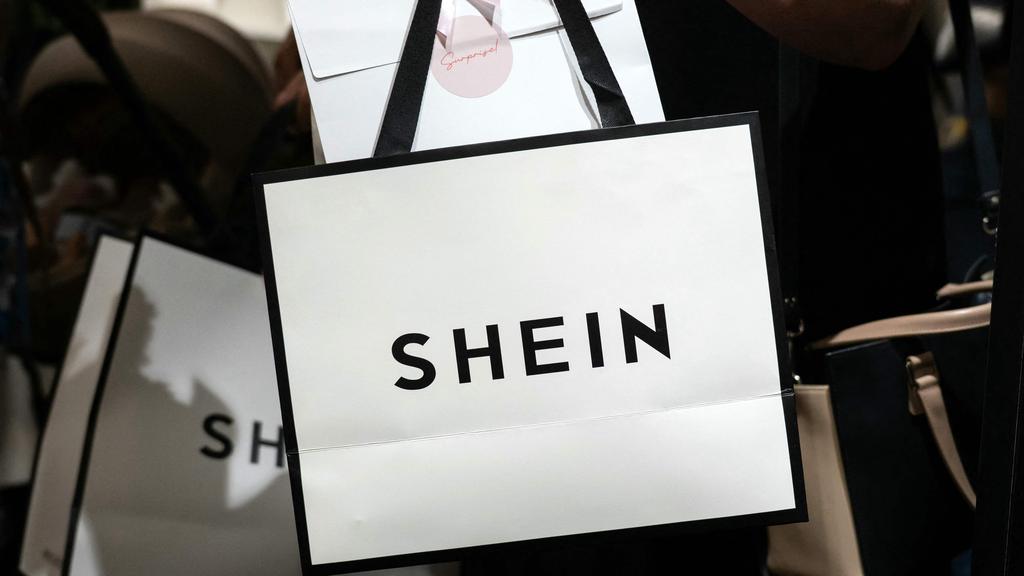
Shein now ranks #2 among fashion and apparel sites, just behind The Iconic
Bauer underscores that this is no fleeting fad.
“While daily usage remains relatively low, the real growth is happening in monthly and weekly shopping patterns,” Bauer says.
“This isn’t a passing trend – these platforms are becoming a regular part of consumers’ shopping routines.
“Chinese marketplaces are raising the bar on pricing and convenience, which makes competing harder for smaller eCommerce brands.
“But local businesses have an opportunity to win on speed, service, and brand trust.”
CBD retail vacancies
This online onslaught is now visibly impacting Australia’s CBD retail markets, creating a mixed recovery momentum over the past 12 months.
In a recent market report, Ray White Grup head of research Vanessa Radar highlights that while four of six major capitals have seen substantial improvements in vacancy rates, Sydney, traditionally Australia’s retail powerhouse, presents a concerning reversal.
Adelaide leads the recovery, with vacancy plummeting from 10.9 per cent in 2024 to 9.6 per cent in 2025, followed by Perth’s impressive drop from 14.0 per cent to 11.6 per cent and Brisbane’s continued improvement from 13.0 per cent to 10.9 per cent.
Melbourne has shown encouraging signs of stabilisation, with vacancy improving from 10.0 per cent to 8.8 per cent, and Canberra remains static at 15.5 per cent.
However, Sydney saw its vacancy rate rise from 5.4 per cent in 2024 to 6.7 per cent in 2025. Radar attributes this to new retail spaces emerging and notable tenant churn, suggesting intense competitive pressures in the nation’s premier retail market.
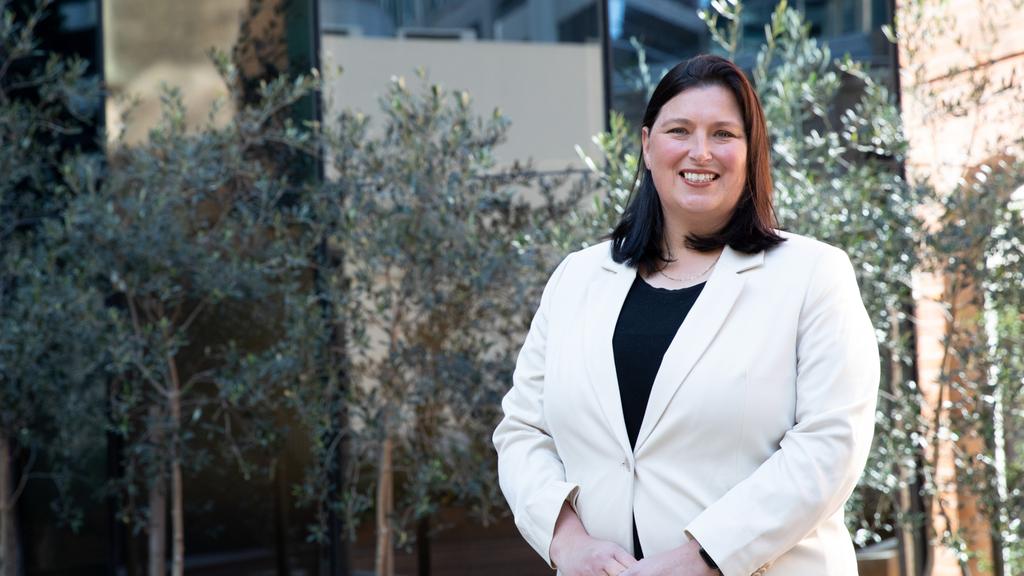
Ray White Grup head of research Vanessa Radar
This pressure is undoubtedly exacerbated by the aggressive pricing and convenience offered by the likes of Temu and Shein, directly impacting fashion-focused retailers like Myer, particularly in a city that maintains its position as the nation’s fashion capital.
Clothing and soft goods represent 31.1 per cent of all tenancies in Sydney, coupled with substantial personal goods retailing, notably in the jewellery space at 25.8 per cent, including significant luxury retail presence.
Perth follows a similar pattern with 27.2 per cent clothing representation and 19.1 per cent personal goods retailing, suggesting these markets have developed more sophisticated retail hierarchies to combat online threats.
The lifeline for physical stores
Crucially, the “experiential retail phenomenon” is emerging as a critical lifeline for physical stores against the online onslaught.
Many new stores are now offering greater in-store activities or social media activations.
Ms Radar points to PopMart’s collectable stores, drawing extensive queues in both Sydney and Melbourne CBDs, attracting a wide range of visitors and becoming viral sensations on platforms like TikTok.
These concepts, capitalising on social media culture, demonstrate how modern retail success depends on creating interactive experiences rather than mere transactional shopping – a direct counter-strategy to the convenience of online shopping.

